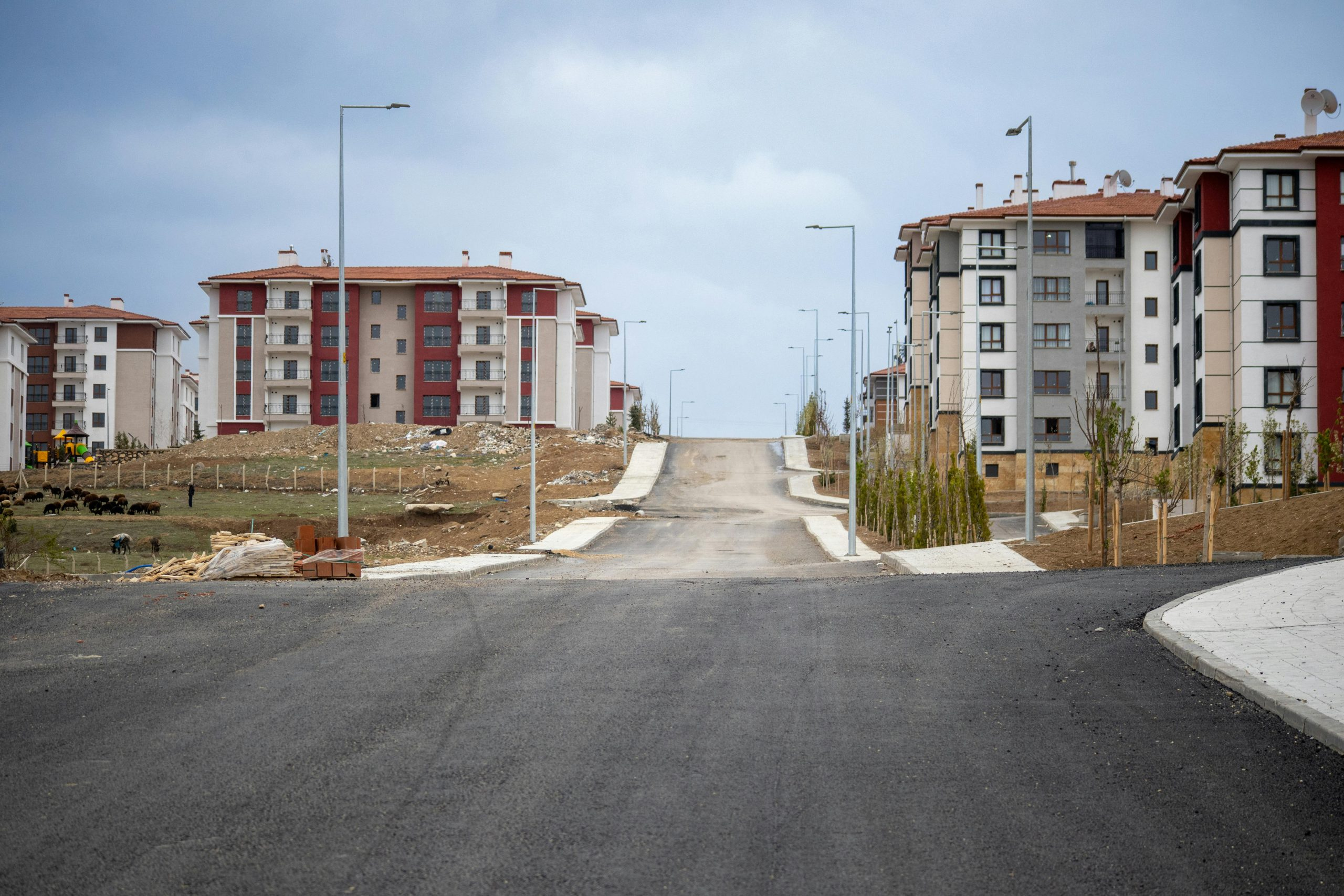Will New Construction Finally Ease the Housing Shortage?
The United States has been facing a housing shortage for many years now, and it only seems to be getting worse. According to a study conducted by the National Low-Income Housing Coalition, there is a shortage of 7 million affordable and available rental homes for low-income households. This has led to rising home prices and rental rates, making it increasingly difficult for individuals and families to find a place to live. But as the demand for housing continues to grow, will new construction finally ease the housing shortage? Let’s take a closer look at the current state of the housing market and the potential impact of new construction on this issue.
The Growing Demand for Housing
Over the past decade, the demand for housing in the United States has steadily increased. This can be attributed to a variety of factors, including population growth, low mortgage rates, and the improving economy. With more people looking to buy or rent homes, the supply of available housing simply cannot keep up.
One of the biggest drivers of this demand is the millennial generation. As millennials reach adulthood and begin to settle down, they are searching for affordable housing options. However, this generation is facing high levels of student debt and stagnant wages, making it difficult for them to save for a down payment or afford rising rental rates.
Furthermore, the COVID-19 pandemic has also contributed to the housing shortage. Many people who were already struggling to afford housing before the pandemic have been hit even harder by job losses and financial hardship. As a result, even more individuals and families are searching for affordable housing options.
The Current State of the Housing Market
With housing demand at an all-time high, the current state of the market is bleak for many individuals and families. According to a report by the National Association of Realtors, existing home sales fell by 17.8% in April 2021, and new housing construction starts have not been able to keep up with the demand.
This has led to a competitive market, with many properties receiving multiple offers and selling for well above the asking price. For those looking to rent, vacancy rates are low and rental prices are at an all-time high. This has made it increasingly difficult for low-income households and first-time homebuyers to enter the housing market.
The Impact of New Construction
As the demand for housing continues to grow, many are hopeful that new construction can ease the housing shortage. While it may not solve the problem entirely, it can certainly help alleviate some of the pressure on the market.
New construction can create more available housing units, both for sale and for rent. This can help balance out the supply and demand and make it more affordable for individuals and families to find a place to live.
Additionally, the construction industry is a major source of employment and economic activity. As new homes are built, more jobs are created, and this can have a positive ripple effect on the economy. This could potentially lead to an increase in wages and more affordable housing options for low-income households.
Challenges and Obstacles to New Construction
While new construction is a potential solution to the housing shortage, there are also many challenges and obstacles that make it difficult to implement. One major factor is the rising cost of materials, such as lumber and steel, which have been impacted by supply chain disruptions and increased demand. This has led to higher construction costs, which can make it difficult for developers to build affordable housing units.
There are also zoning and regulatory barriers that can make it difficult to develop new residential properties. These barriers can range from restrictive zoning laws to lengthy and costly permit processes, making it more challenging for developers to build homes.
The Future of the Housing Market
The future of the housing market remains uncertain, but many experts believe that new construction will play a vital role in easing the housing shortage. However, it will take time for the impact of new construction to be felt, and in the meantime, the demand for housing will continue to rise.
It is essential for policymakers and city planners to address the barriers and challenges to new construction and implement policies that encourage and support the development of affordable housing units. This, combined with other solutions such as increasing housing subsidies and assistance programs, can help ease the burden on low-income households and first-time homebuyers.
In Conclusion
The current housing shortage is a complex issue that cannot be solved overnight. However, with a combination of solutions and a focus on increasing affordable housing units, we can take steps towards easing the housing shortage. As new construction continues to play an important role in the housing market, we must also address the underlying issues that contribute to this problem and work towards creating a more accessible and equitable housing market for all.










